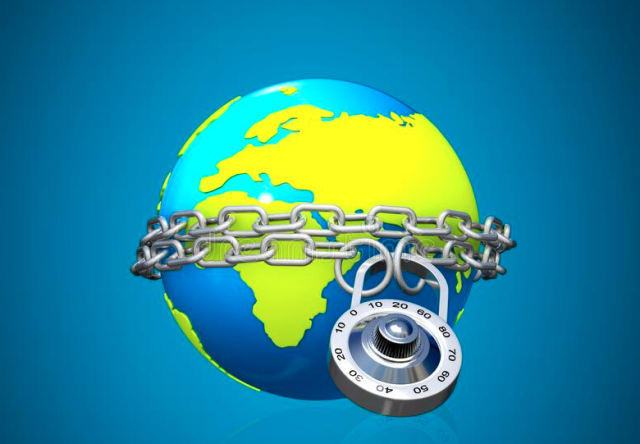

by Tyler DurdenWed, 11/11/2020 – 19:35
While the latest vaccine progress news out of Pfizer was welcome by the market (and its CEO who sold over 60% of his PFE stock on the day of the announcement) in a week where global infection resurgence continued with cases jumping 8% W/W last week (537k vs. 309k in Aug-Oct) and EU/ UK re-imposed lockdowns, considering that approximately 60% of population will need to be covered by a vaccine, near term pressure on infection curve/ hospital capacity, growing mortality tally, and stricter public
health policies to pull back secondary infection rate (or R0) below 1 will likely persist for the foreseeable future.
However, in a surprising report out of JPMorgan, the bank finds no meaningful curve development differences between countries with and without strong curve intervention. This makes the bank question if existing public health intervention (i.e., lockdown/ stricter social distancing) should remain in place next year, and leads JPM to conclude that “public health policy should consider approaches biased towards economic/pubic mental health over the urge to close the curve in 2021.“
To reach its “startling” conclusion, JPMorgan compared countries without lockdown, keeping the economy open under certain levels of social-distancing (Brazil, US, Sweden, Japan, Korea) to countries with strong curve intervention (UK, Germany, Italy, France, China, India) to see any meaningful differential in the curve development.
Here is what the largest US bank found in its comparison between countries with and without strict social distancing measures and lockdowns:
- Infection scale/speed: Confirmed cases scale: Infection scale is smaller for countries with strict control measures but no meaningful gap with countries without stricter controls (confirmed out of total population: 0.9% vs. 1.2%). Infection speed: Countries with strict control measures have a shorter period to arrive at first peak (78 days vs. 106 days), implying stricter social distancing measures or lockdowns could lead to faster peak infection. Tests performed: countries with stricter measures have performed a greater scale of tests, at 37% of the total population vs. 32% for those with certain levels of social distancing but no full lockdowns. Also in Brazil and India with relatively relaxed social distancing measures on COVID-19, daily new infections have been trending down and this perhaps is due to the natural life cycle of infectious disease thus COVID-19 could have a similar life span.


- Mortality comparison: In an unexpected twist, the mortality rate (= death/ confirmed) was higher for countries with stricter control measures, at 2.6% vs. 2.0% for those without. Death per million people: lower for countries with stricter control measures (240 deaths per 1mn people vs. 273 deaths per mn) compared to those without strict control measures.

read further